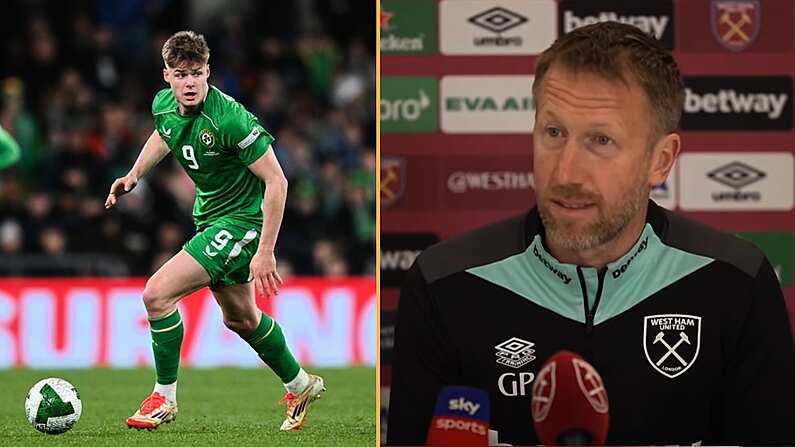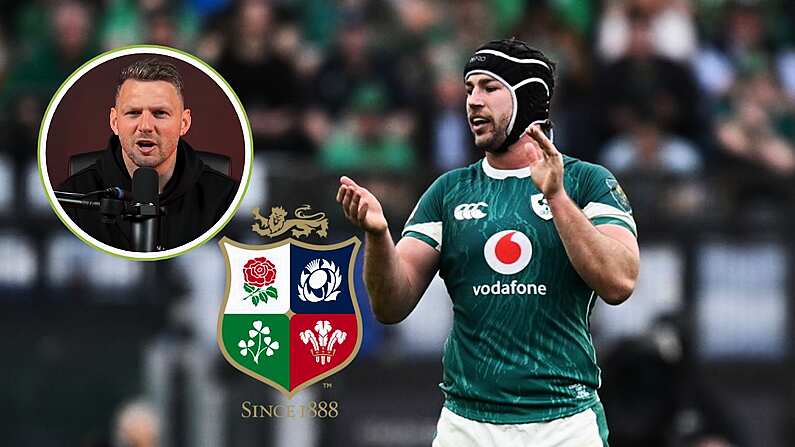It's easy to be a fan, because being a fan doesn't require you to control your emotions or consider the long-term ramifications of every decision you make. That's why, generally, fans don't really know what they're talking about. That's not to say every fan is that way, but it's like being the father of a slutty teenage daughter, being objective and seeing the truth is all but impossible, because you're invested too much in her emotionally. Passion is a beautiful thing, and it is a vital part of success in almost every aspect of life, but in football, coaches who are overly passionate tend to lose sight of their ability to make good decisions.
The best decisions are made with the brain, not the heart. For that reason, it is no surprise that the more successful head coaches currently in the NFL are very cerebral characters. Tom Coughlin, Mike McCarthy, Sean Payton, Mike Tomlin, Coughlin again, Tony Dungy, Bill Cowher and Bill Belichick. That is the list of the last eight Super Bowl winning head coaches, it is also a list of the best coaches in the NFL, each of whom were very much cerebral, calm coaches. Cowher is the only potential exception, but while they all have the fire to chew out a player or argue a call with an official at times, when it comes to making a decision, they generally do so by observing every possible angle.
Where this difference between coaching and fandom is greatest exposed, is in play-calling. You don't have to have been following the game very long to have already begun shouting at the television when your coaches don't throw the ball enough to your best receiver or they don't give the ball to the running back on fourth and short. I can almost guarantee that everyone reading this at some point has thought or said “Why doesn't -specific coach- throw the ball more to -specific receiver-. He's destroying the defense everytime he gets the ball.” Or at the very least, some variation of that ideal. I know this because I myself have spent years doing exactly the same. Growing up as a Pittsburgh Steelers fan, I was fortunate however to have the outstanding Ken Whisenhunt calling plays on offense, and hall-of-famer Dick LeBeau on defense.
As fans, we live in the moment. As football analysts, we must show patience and understand the overall approach of the offense(or defense). Often the NFL is compared to a violent game of chess. While that is a good description to use when introducing new fans to the game, it is not really very accurate. Each side, or colour, in chess starts off with the same qualities in each of their pieces. In the NFL, there are Xs and Os, but the Xs and Os are complete variables from team to team. AJ Green is an O(used to designate offensive players), but he is not the same O as say the Arizona Cardinals' Andre Roberts. The same can be said about the Xs used to designate defensive players. Not only is Green much better than Roberts, he has a completely different skill-set that requires he be used completely differently to Green.
Heyward-Bey is a speedster receiver who was drawing the assignment of Darrelle Revis on the day. Despite the fact that he was developing into a decent all-around receiver at this point, Heyward-Bey's best chance of beating Revis was with his straight line speed. For all of Revis' talents, he is not the fastest player in the world. The two players were matched up in man coverage on 16 plays that day, yet for the whole game Heyward-Bey only ran two routes. He either ran deep straight down the sideline, or ran twenty yards deep before turning around and looking for the football. Because they never drew Revis in with quick screens or a variety of short routes, the cornerback was never exposed deep down the field. Revis simply sat two yards off of Heyward-Bey and always stayed between he and the endzone. Even though it made sense to try and get Heyward-Bey deep, the Raiders' coaching staff showed no patience or creativity to work some space behind the cornerback for Heyward-Bey to work into. As a result, Heyward-Bey didn't once get away from Revis. And by that I don't mean he didn't have a catch, I mean he didn't once get out of his arm's reach even when the ball didn't go his way.
For comparison's sake, the Pittsburgh Steelers' use of Mike Wallace has been much more impressive in recent seasons. In 2010 and 2011 combined, Mike Wallace had 44 receptions of at least 20 yards and 17 of at least 40 yards. During those seasons, current Colts' interim head coach Bruce Arians was in charge of calling plays in Pittsburgh. Arians specialized in developing and using wide receivers, and despite the fact that he had plenty of speed to burn on the outside with Wallace, Antonio Brown and Emmanuel Sanders, the quick screen and short passing game was a staple of his offense. Arians didn't call as many deep shots to Wallace as you would think for him to put up those numbers, instead he replaced quantity with quality. By constantly throwing (successful) short passes and screens to Wallace and Antonio Brown in particular, the Steelers posed a difficult puzzle for opposing secondaries to solve.
Nobody could cover Mike Wallace in single coverage without playing at least 10 yards off of him in coverage. However, it was almost impossible to stop the Steelers gaining yards on quick throws underneath by being that far back at the snap. If the off coverage continued, the Steelers would eventually move into field goal range, when the space behind the cornerbacks would shorten and provide a natural defense to the deep threat. But by that time the Steelers were already in position to score points. So when defenses closed towards the line of scrimmage to stop the short passes and quick screens, plays that generally were met with moans and groans from the crowd in Heinz Field, Arians would then unleash Wallace deep. Without defenders waiting deep in anticipation of the deep ball, it became a straight footrace between Wallace and his defender. A footrace nobody in the NFL could beat him in.
Much like Muhammed Ali's famous rope-a-dope approach, the Steelers lulled their opposition into a position that gave them an advantage by being patient and creative with their talent. Arians was eventually replaced by Todd Haley in Pittsburgh this year. Haley hasn't taken the same approach with Wallace, who's production is down for a combination of his own personal performance and the team's overall philosophy, but he has used short, creative passing for other means.
The old saying that football is won in the trenches doesn't really apply to today's quarterback driven league, but the value of a high-performing offensive line remains crucial for an offense's success. Being an offensive lineman is like being part of a brotherhood, they live and die as a unit. If one player struggles, the whole line struggles. The group must have an understanding and continuity to play as a team within the team that is the offense as a whole. That said, a huge amount of the production that an offensive line puts on tape is affected by the playcalling of the offensive coordinator. While Arians worked brilliantly with the Steelers' receivers, he was let go because he couldn't get the best out of the unit's offensive line. With Todd Haley in Pittsburgh, the Steelers have made a commitment to running between the tackles and completing short passes to slow down the opposition's pass rush. The natural inclination of pass rushers in the NFL is to aggressive chase the quarterback as soon as the ball is snapped, if you can commit to running the ball and continuously complete passes, that natural inclination is replaced by hesitation because the point of attack is being moved so rapidly. That slight hesitation becomes a huge benefactor for an offensive lineman as he looks to gain leverage and position on his opposition. By keeping pass rushers off balance, you are essentially adding an extra offensive linemen to the team without physically doing so.
In recent years the Steelers have regularly given up 45-50 sacks over a 16 game season, this season they have given up only 22 after 10 games. A retooled offensive line has a lot to do with that, but the biggest change has been the effect of the play-calling. Haley's offense is only slightly different from Arians' but his ability to call plays and his emphasis on minor details has made it appear like a drastic change.
Conversely, when you look at a coach like Andy Reid who has consistently ignored his superstar running-back early in games this year, at the expense of his quarterback's protection, you find an offense full of talent, that is in tatters because of it's play-calling. The Eagles have been missing much of their personnel upfront on the line, and their starting quarterback last week also, yet they have averaged 39.4 passing attempts per game. That kind of approach allows defensive linemen and linebackers to pin their ears back and forget about the running-back when rushing the passer. It's simply a losing formula.
Much like boxing, play-calling is all about highlighting your strengths and limiting the exposure of your weaknesses. Every play must be considered as part of the whole puzzle and the impact of that play on the defense's mindset. As fans, we live in the moment and give out if the ball doesn't go to the offense's star players on every snap, but when we pause for just a second, we can see that the moves are generally well considered and thought through.
Unless of course, you are unfortunate enough to support a team with an inept offensive coordinator.
Follow Cian Fahey on Twitter - @Cianaf
Read more of Cian Fahey on Irish Central and in the Guardian’s US Sport section.










